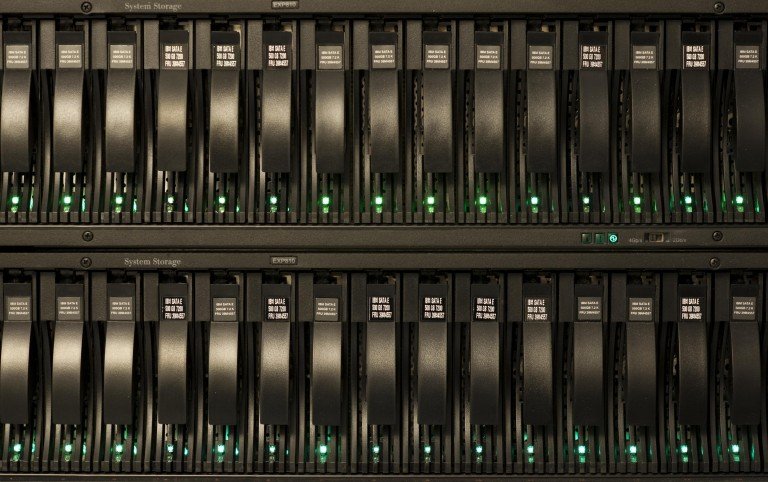Filter by topic and date
A New RFC Archive
16 Jan 2017
RFCs are documents designed to serve a variety of purposes. They offer information to developers engineers on how to make the Internet interoperate.

They specify protocols, document registries and code points, and describe network experiments. They do all these things with an eye towards short-term relevancy, while being structured in such a way as to save this body of knowledge in perpetuity. Everything from the numbering scheme to the document style to the file format works together to balance the short-term and long-term needs. The RFC format project is pushing those boundaries quite a bit to make documents more easily consumed in the short term, while relying on the advances in technology to support that long-term archive of material. This is not, however, a post about the RFC format (though if you want to know more, feel free to read the FAQ!)
This is a post about what the RFC Editor is doing to improve the archival component of the RFC Series. Late in 2016, the RFC Editor entered into an agreement with the National Library of Sweden to properly archive RFCs, both the ones already published and new ones as they are posted via an RSS feed. The National Library of Sweden was established in 1661, and has had a digital archive since 1997. They take their archiving very seriously, storing material in a bunker 40 meters under the main building of the National Library.
Stepping back for a moment from this very good news, let me explain a bit why archiving isn’t just about having a nice set of offsite backups. Quite a bit of this is explained in draft-iab-rfc-preservation but here is a quick high-level summary. A proper digital archive, at minimum, has that offsite backup component in storing a copy of the material. Beyond that, it also stores quite a bit of metadata about the document, such as when it was retrieved, when it was published, where it came from, who the author(s) and/or editor(s) are, the original location, title, all assigned identification numbers (such as DOI, ISSN, or other custom information, which in our case is the RFC number) and so on. A digital archive commits to storing and maintaining this information, and doing what it can to try and make sure the document can be viewed by whatever modern technology is available at the time.
The RFC Editor needs partners like the National Library of Sweden to archive the series. The resources available to the RFC Editor are necessarily prioritized towards the editing and publishing of RFCs; the archive itself is in those off-site backups and printed hard copies. Having an organization that specializes in digital archiving is a big win for preserving this rich set of material that documents the birth and evolution of the Internet. The RFC Editor will, of course, continue with proper backups, and will always consider the needs of an archive when we discuss any changes to the format and metadata around RFCs.
And with that, I want to offer many thanks to the people at the National Library of Sweden for agreeing to archive the RFC Series. Tack!